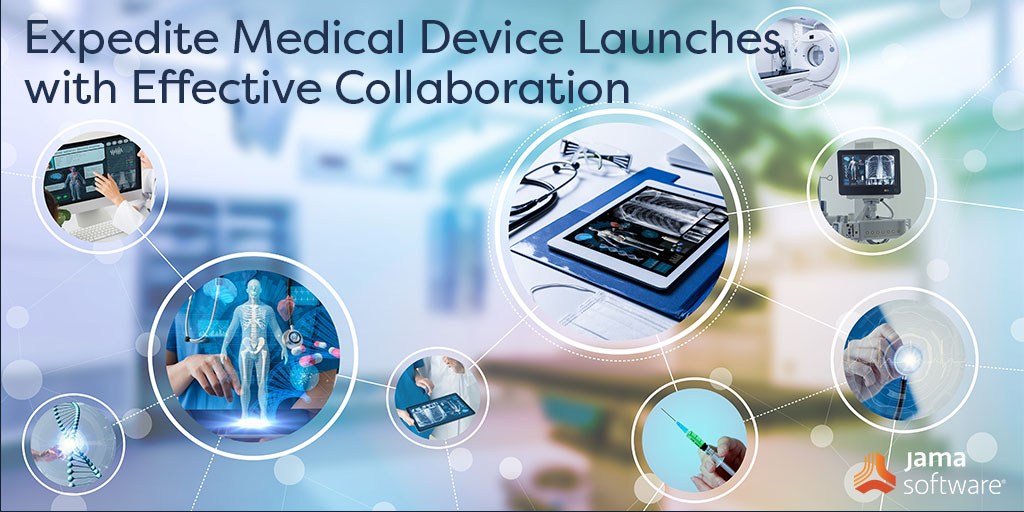
Getting Past Legacy Software Pains in Requirements Management
If you feel like you have outgrown your requirements management (RM) software, you are far from alone. From complex systems, such as IBM Doors, to document-based tracking through Microsoft Office, legacy RM tools are having a hard time catching up to the innovation occurring in highly-regulated industries. As we see the line between hardware and software become increasingly blurred, development methodologies are evolving faster than ever before. Sometimes, these changes happen day-to-day or even hour-to-hour, making project traceability feel impossible.
No matter how complex the software or notable the reputation, RM providers don’t always deliver a system that matches the goals of teams that need to quickly adapt, innovate, and grow. This misalignment can create several pain points that interfere with productivity. While some can be attributed to shifts in the marketplace, others are directly rooted in the software tools you are using to meet compliance.
Here are some common snafus and how to work your way out of them.
Multiple Stakeholders, Multiple Problems
From avionics to automotive to Medtech, highly-regulated industries see many different stakeholders and players, and that is a good thing. In order to reach peak public and functional safety, it’s crucial to value the input of multiple roles and skillsets. But, what happens if one or some of these folks don’t know how to use your RM software? At best it’s a shame that they can provide their two cents and at worst this begins a recipe for compliance disaster. To sidestep this conundrum, opt for software that seamlessly flows with multiple roles. More so, make sure whatever software you choose integrates user-friendly traceability. It’s crucial that each and every individual on the project be able to see the progress made from beginning to end.
So, You Missed a Deadline…
It happens to the best of us. You were asked to provide feedback on a requirement and you missed your shot to chime in. Whether a colleague left a comment for you in a Word or Google Doc or shot over an email to glean your opinion, the mode of collaboration you have in place failed you. That’s right, this isn’t all your fault. Review processes are too complex these days and they require collaboration software that sets the intentions of the users clearly. This requires real-time editing and notifications to help keep you and your team on track. To prevent falling into this trap, look for an RM tool that prompts the next steps, and sends timely notifications with clear instructions. Conversations about “who dropped the ball” aren’t productive or fair, the RM software you integrate should fill this gap in human error.
You’ve Been Blocked
You are frantically trying to enter crucial data into the system but you are somehow locked out. You can’t get a hold of the person who manages access and you are beginning to feel frantic. This isn’t just frustrating for you, it also poses some substantial risks to the company. On top of losing a couple of hours trying to break into the system, this clunky process inevitably chips away at the desire to provide feedback with any regularity or confidence. This goes against the entire purpose of collecting data in the first place. To facilitate continuous growth and data collection, your RM tool should be open, accessible, and intuitive. Only then will you encourage the kind of constant input and collaboration from stakeholders that is necessary to keep up with breakneck innovation.
When an Upgrade Spells Doom
Back in the day, we all used to get skittish when an iPhone software upgrade notification popped up on our screen. Will I lose all my photos and contacts? What about all those passwords I saved to log-in to my favorite apps? With the advent of the Cloud, much of this fear has dissipated. When it comes to your RM software, your team shouldn’t be afraid to upgrade the system to fix issues, improve security, and access the latest features.
Yet, these systems are often so customized or patched-together that an upgrade could mean disaster. Because the products you are building change and improve over time, you should have an RM system that can adapt quickly. When it’s time to purchase legacy software, weigh the opportunity costs of investing in something so stale. Ultimately, is the pain of being locked-out or unsupported on various platforms worth the headache?
Pain points aside, we are living in an age that has bred the most disruptive and creative products to date. From ultra-fast and sleek electric cars to life-like prosthetics to self-piloted spaceships, we have some of the best and brightest minds toiling away on how to propel us into the future. At the same time, the regulatory environment has become even more stringent to meet both the demands of the marketplace and public safety. It is going to take synced and streamlined teams to decrease time-to-market and meet the ever-increasing demands of compliance. To pull this off, you need collaboration infrastructure in place that keeps your team organized and catches mistakes often missed by disconnected individuals.
